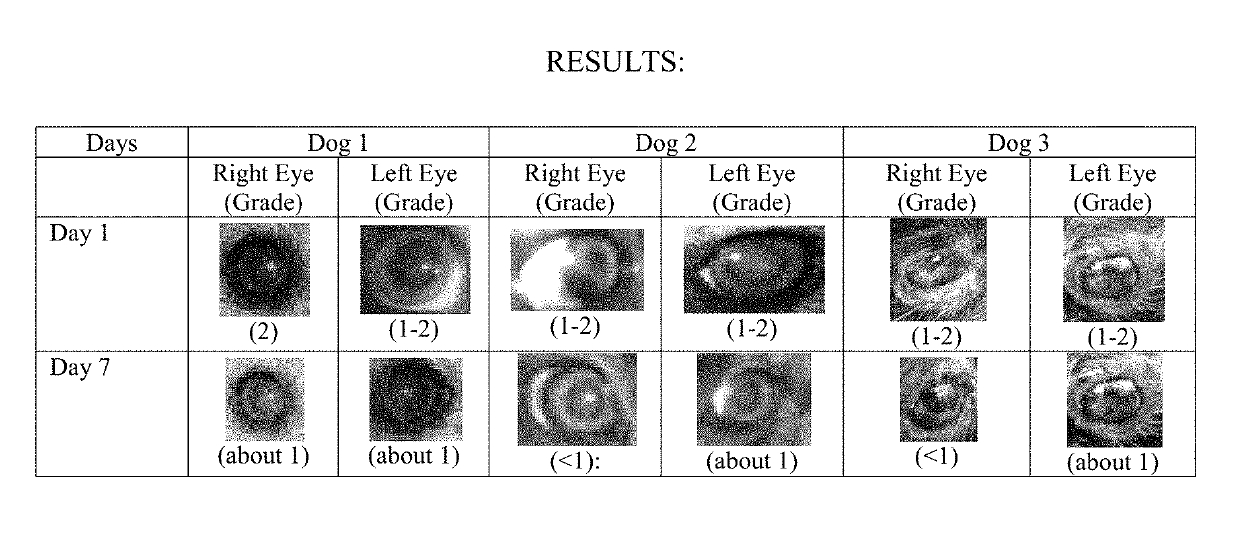Compositions for the treatment of cataracts
a technology for cataracts and compositions, applied in the direction of drug compositions, microcapsules, capsule delivery, etc., can solve the problems of cataract surgery, not without risks, visual impairment, and conserved amino acid residues, so as to reduce cataract severity, reduce cataract formation, and improve lens clarity
- Summary
- Abstract
- Description
- Claims
- Application Information
AI Technical Summary
Benefits of technology
Problems solved by technology
Method used
Image
Examples
Embodiment Construction
Definitions
[0041]Unless specifically noted otherwise herein, the definitions of the terms used are standard definitions used in the art of organic synthesis and pharmaceutical sciences. Exemplary embodiments, aspects and variations are illustratived in the figures and drawings, and it is intended that the embodiments, aspects and variations, and the figures and drawings disclosed herein are to be considered illustrative and not limiting.
[0042]Mammals that may be treated according to the methods of the present application include humans, canines (dogs), cats, rabbits and equines.
[0043]By “eye diseases” it is meant eye disorders including cataract, open-angle primary glaucoma, corneal disorders, presbyopia, computer vision syndrome, eye strain, ocular inflammation, blurred vision, dry eye syndrome, retinal diseases, vitreous opacities and lesions, complications of diabetes mellitus and other systemic diseases. In one embodiment, the eye disease is cataract.
[0044]The term “gum”, refers...
PUM
| Property | Measurement | Unit |
|---|---|---|
| concentration | aaaaa | aaaaa |
| concentration | aaaaa | aaaaa |
| concentration | aaaaa | aaaaa |
Abstract
Description
Claims
Application Information
 Login to View More
Login to View More - R&D
- Intellectual Property
- Life Sciences
- Materials
- Tech Scout
- Unparalleled Data Quality
- Higher Quality Content
- 60% Fewer Hallucinations
Browse by: Latest US Patents, China's latest patents, Technical Efficacy Thesaurus, Application Domain, Technology Topic, Popular Technical Reports.
© 2025 PatSnap. All rights reserved.Legal|Privacy policy|Modern Slavery Act Transparency Statement|Sitemap|About US| Contact US: help@patsnap.com


